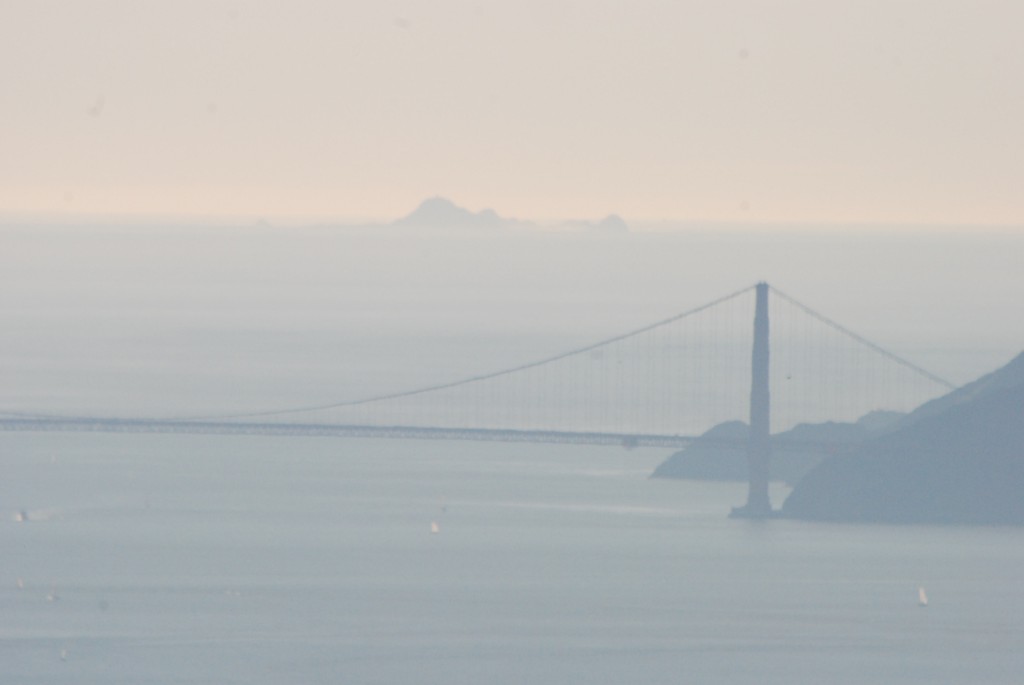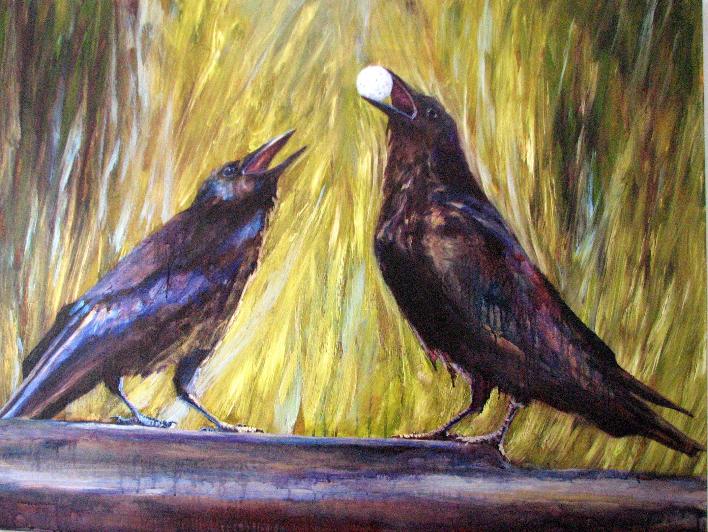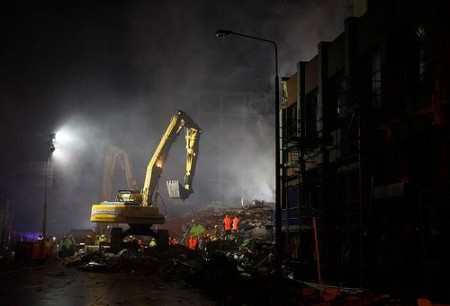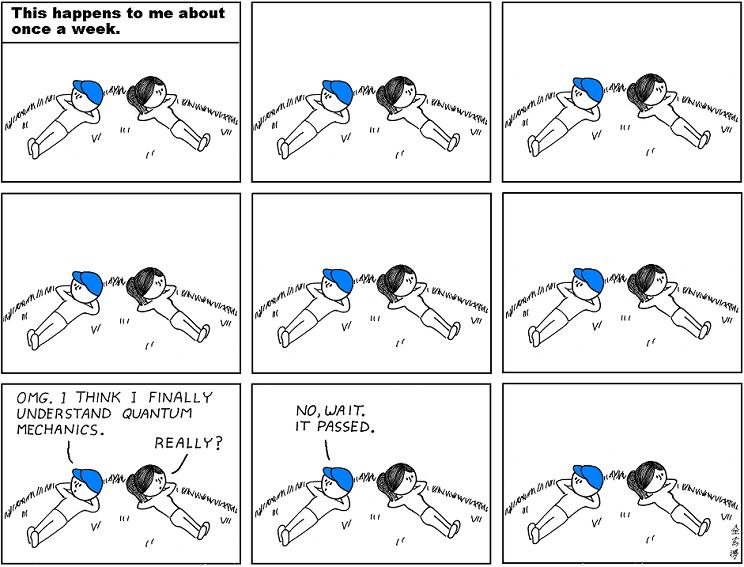
There’s this idea, and I don’t know who started it, but it’s definitely floating around, out there, that science journalists are disheveled, frazzled, socially awkward and overall, just not very cool.
That nasty rumor, if I ever believed it, was quickly dispelled the day I met Erika Check Hayden. This woman is polished — in her demeanor, her trendy fashion choices and her writing. Even her name is sharp. But then she also likes Hello Kitty, so what do I know.
In any case, I couldn’t be more pleased to welcome Erika to our little corner of the interwebs. She writes about medicine, biotech and policy, and her first post is slated for Monday morning.
**
Image by Josh Liba, via Flickr






